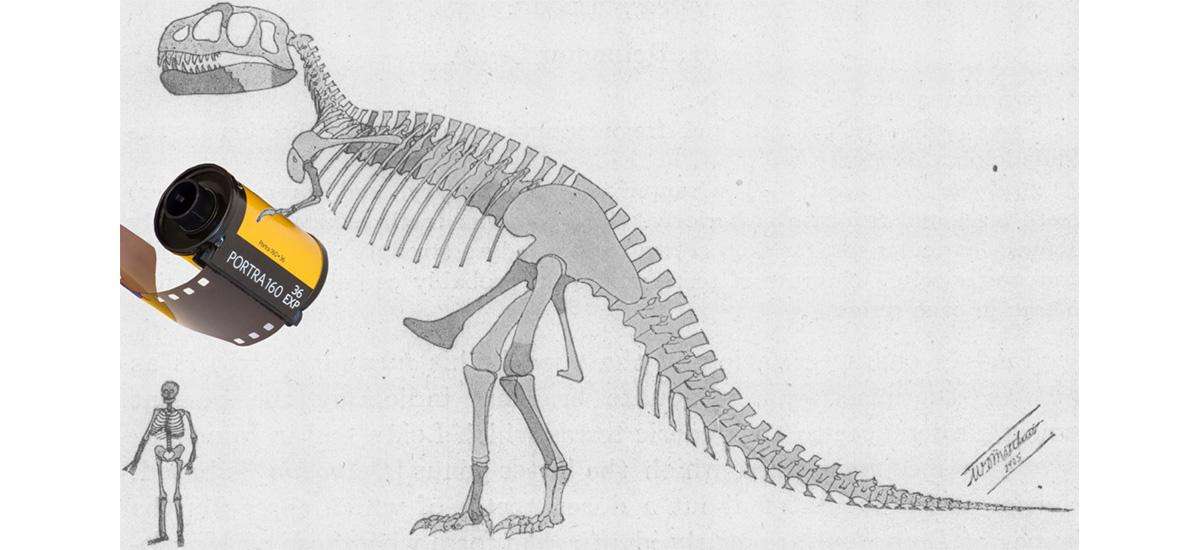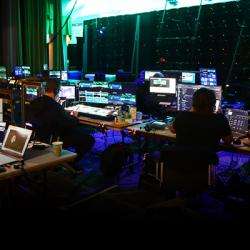2015 Event Trends to Watch

Kodak invented the first digital camera in 1975, but at its height Kodak also controlled 90% of the market for film in the US. So instead of pushing this new technology, Kodak held back and focused on their primary revenue source. Fast forward to today when everyone has a camera on their phone, and depending on your demographic, perhaps you have a stand-alone digital camera. But it’s rare to meet anyone who uses film. After years of decline, Kodak filed for bankruptcy and had to sell an extensive patent portfolio.
When a wave of transformative technology appears on the horizon, organizations can pretend it doesn’t exist and be swept under. Or, they can align themselves and ride the wave to success. That’s why you’ll want to be aware of technology trends in the meeting and events space. Meetings are becoming more attendee centric. They’re less hierarchical, and more egalitarian. Attendees want to be heard. While you can’t control change, you can harness it. Some trends to watch are multiple screens, participant feedback, local social networks and geo-fencing.
Multiple Screens
The days where you can reasonably expect attendees to put away a phone or mobile device are gone (if they ever even existed). As an example, recent studies show that at home 86%of people are using a mobile device while watching TV. You can expect similar numbers during events. If you fight this trend, at best you might get participants to read their email more discreetly. If you embrace it, you can steer them back towards engagement. You may consider:
- Using an app to stream the presentation slides simultaneously with the presentation.
- Incorporating polls and comments.
- Allowing attendees to rate the presentation and save the slides for later.
When event planners embrace the second screen trend, they gain valuable information on what “clicked” with attendees. Planners get metrics on engagement, how many people are viewing presentations, and feedback on quality of sessions. Some examples of companies in this space include Lintelus and Shodogg.
Participant Feedback
Suppose someone has a question for the presenter. They might walk to one of the microphones up in the middle aisles or someone from the conference with a mic runs over to them with while everyone waits, or most often they’ll just start talking, and half the audience doesn’t hear the question. Sound familiar?
Why not make it easy for attendees to ask questions? Try out a “throwable mic” like Catchbox or Micball. These are fun tools that not only get a microphone to a participant quickly, but create a lively mood. Or use an app like Crowdmics, which transforms any participant’s phone into a microphone that can be heard through the event sound system.
Local Social Networking
Networking is a huge draw for events, but preparation is hard. How do I find out who else is attending? What is their role? Are we a good fit? What do they look like? Software can help: some networking software focused on events identifies like-minded people via algorithm, lets you know about potential opportunities to meet, and facilitates introductions. These services can be contracted by an event organizer, or in some cases are user-directed. Some examples might include MeetingMatch or Pathable.
People sometimes tweet on-site about the event they’re attending. But it’s hard to be brutally honest when your name is attached and it’s sure to draw attention. Some attendees are turning to unofficial backchannel communication. The “Secret” app was recently used at CES to allow folks to comment anonymously to everyone in the geographic area of the event. Attendees felt free to speak more candidly than they would using their public identity on Twitter. An added benefit is that you can address anyone in attendance, rather than every person you know, who probably is not at the conference. A similar app which lets users message anyone in a geographic radius is Yik Yak.
Geofencing
Geofencing is technology that identifies a user’s location on a micro-local level. For example, suppose attendees install the conference app before arriving. When they walk into the venue, each person is automatically checked in. You have a printer set to print their name tag as they walk in, and a pop-up notice on their phone directs them to its location.
You can also take advantage of geofencing to:
- Distribute surveys to session participants.
- Record continuing education credits based on which session the attendee is in.
- Give attendees a digital handout or automated demo when they walk up to an exhibitor booth.
- Introduce networking games, for example: a scavenger hunt.
Geofencing allows organizers to analyze traffic flow and engagement per session. Sponsors can receive a list of every attendee they engaged with, because when an attendee walks into a booth they’re automatically “checked in”. Some companies in this space include Meeting Play, Double Dutch, Topi and Quick Mobile.
Article submitted by Greg Kamprath.
Share This Article
Categories
Latest Posts

Philadelphia 2026: Is Your Venue Ready for the Spotlight?

Scalable AV Infrastructure for Life Science Enterprises

Extend Your Reach: The Power of Virtual and Hybrid Events

Why Every Detail Matters in Investor and Year-End Meetings

IMS Technology Services Welcomes John Beaulieu
Tags
Contact Us
- Headquarters: 3055 MCCANN FARM DRIVE, GARNET VALLEY, PA 19060
- Event Staging: 2000 COLUMBIA AVENUE, SUITE 300, LINWOOD, PA 19061
- Southeast Office: 404 SUNPORT LANE, SUITE 350, ORLANDO, FL 32809
- Phone: + 610-361-1870
- Contact Us
Services
Recent Posts

Philadelphia 2026: Is Your Venue Ready for the Spotlight?

